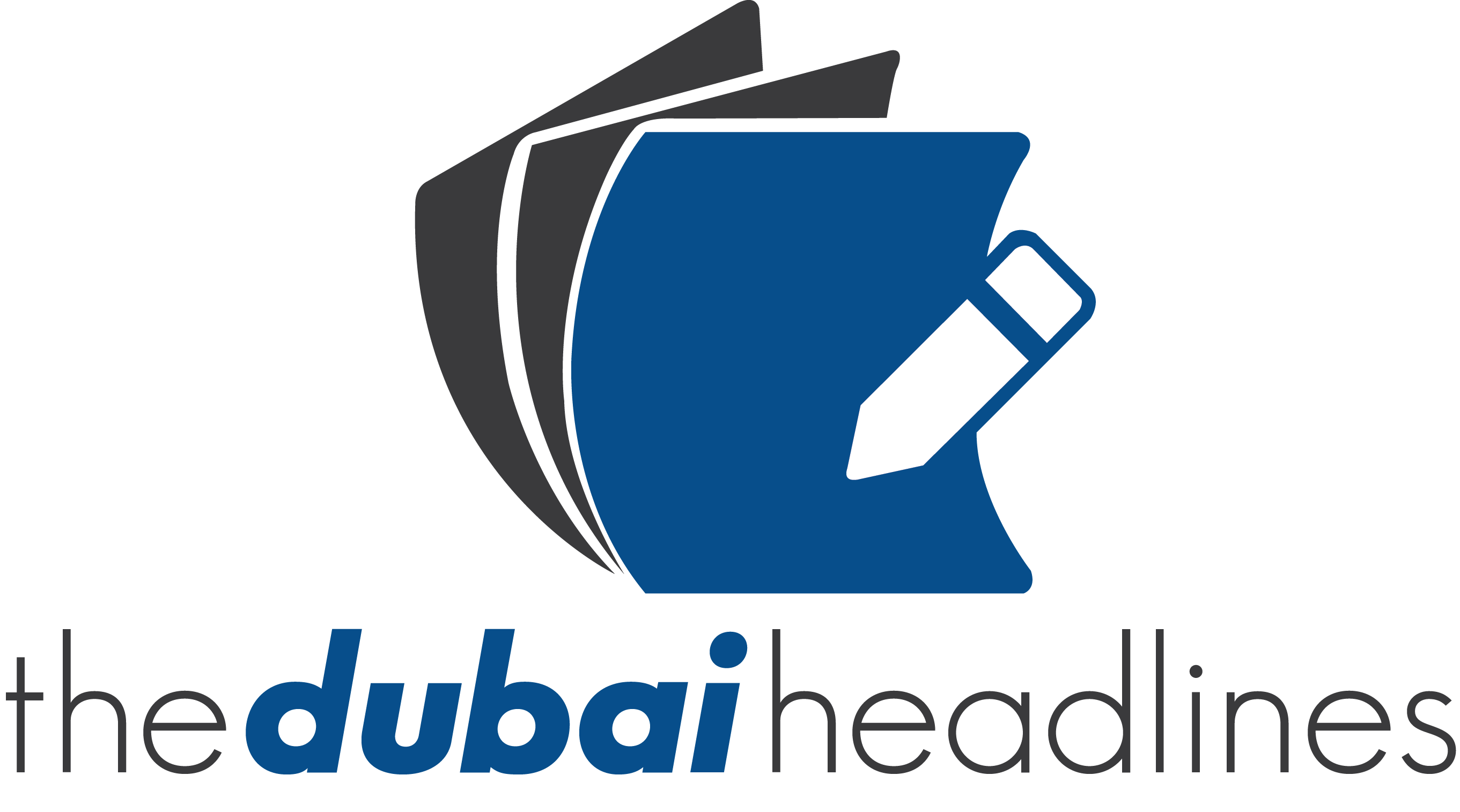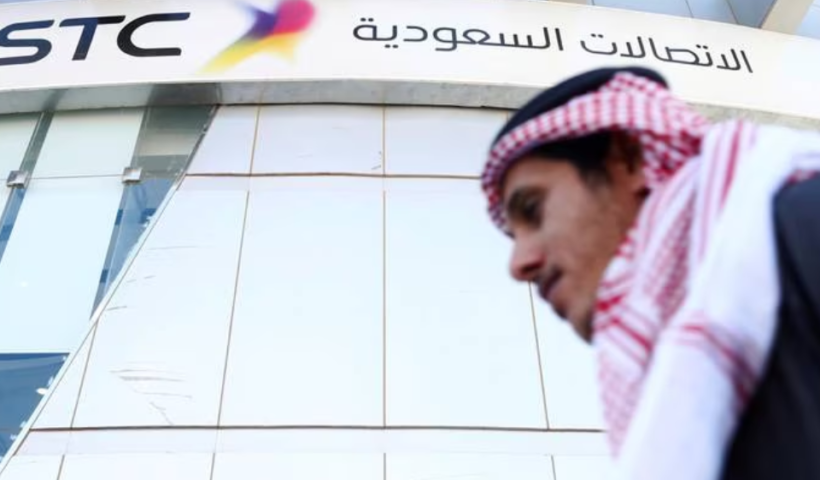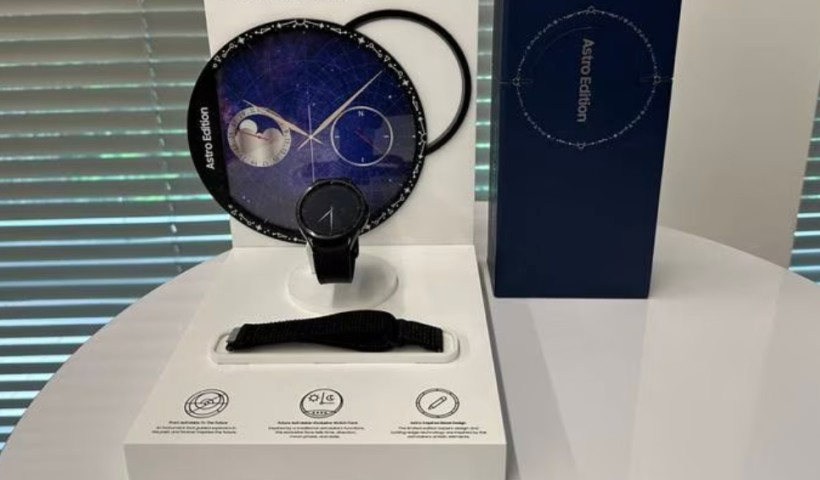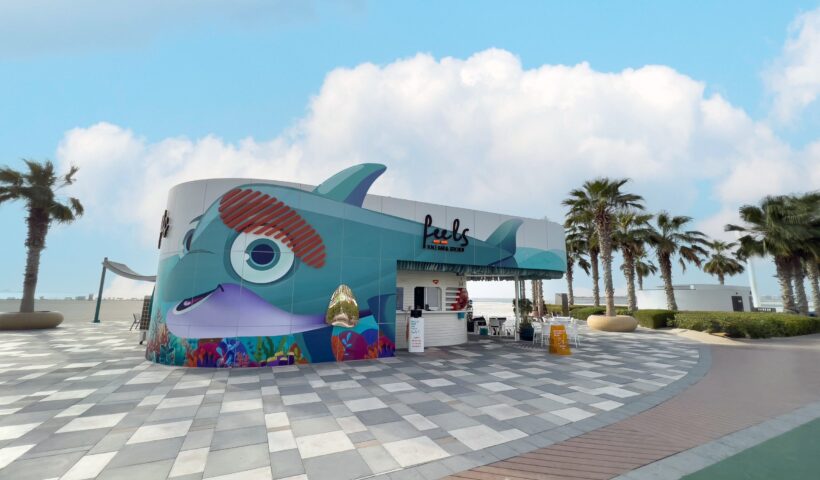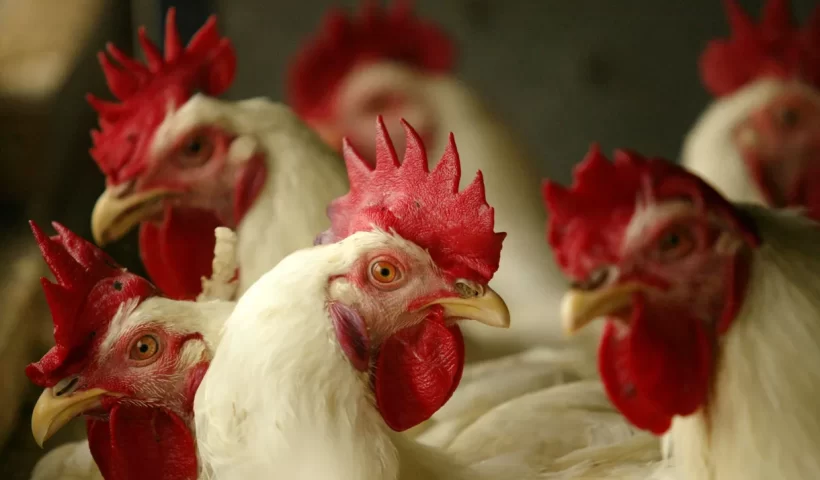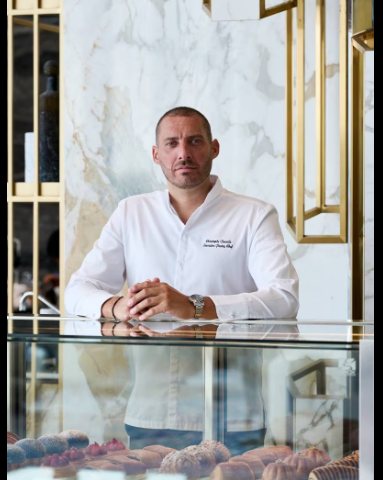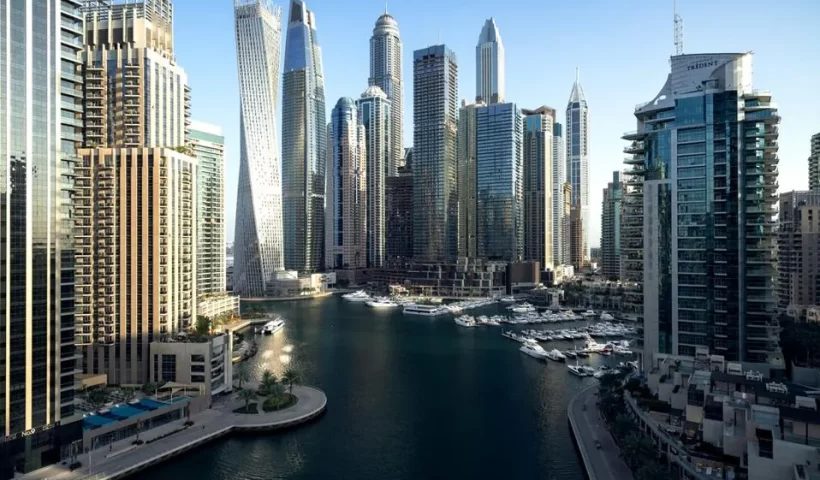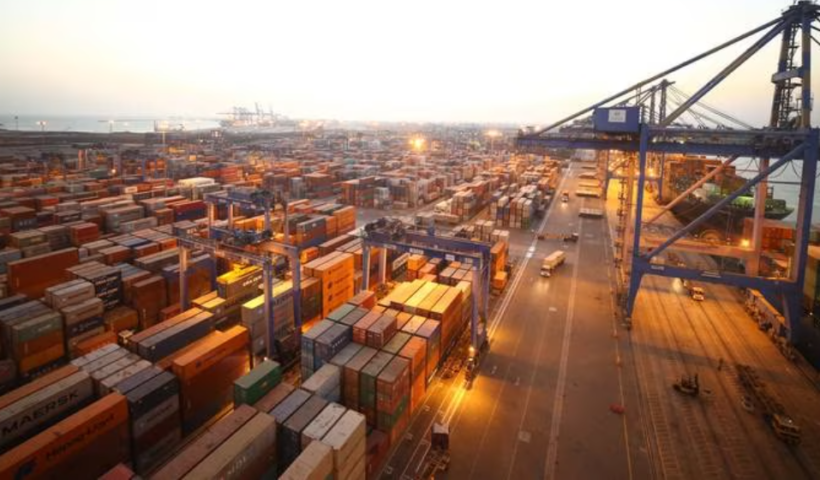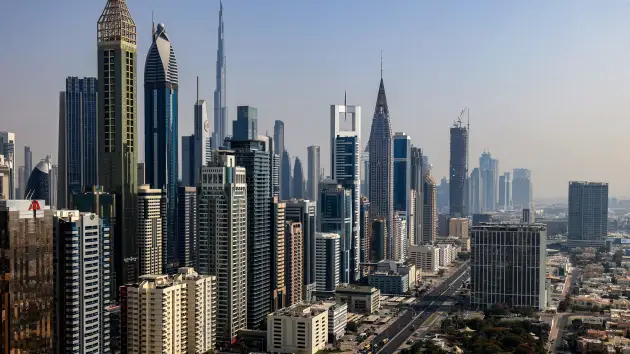The Saudi cellular Company has finished paying €1.22 billion ($1.33 billion) for the cellular tower assets owned by the Netherlands-based United Group.
In a statement sent on Sunday to the Tadawul stock exchange, where STC’s shares are traded, the business claimed that the deal, which was carried out through its infrastructure unit Tawal, was formally finished on August 24.
The deal’s financial effects will be revealed in the business’ third quarter earnings, which are anticipated to be announced on October 30, 2023.
Tawal’s portfolio will grow to more than 21,000 telecom towers across five nations as a result of the acquisition, which was first announced in April and represents the company’s first investment in Europe.
Tawal, which was introduced in April 2019, makes it possible for telecom providers, the government, and private organizations to increase infrastructure sharing, which ultimately contributes to cheaper costs and higher operational efficiencies.
United Group operates in eight different nations and employs over 14,500 people. It has about 11 million users.
On Sunday, Tawal announced that it had borrowed a total of $1.42 billion from Sharia-compliant banks to finance the cash portion of the transaction.
In line with the kingdom’s aim for digital transformation, iot squared, a joint venture among STC and the Public Investment Fund, signed a legally binding deal last week to purchase 100% of technology startup Machinestalk, which specializes in the Internet of Things.
The Riyadh-based Machinestalk’s field services capabilities, technology, unique IoT platforms, internal development capabilities, local and international partner, and client relationships would offer value for iot Squared, according to a report at the time by the Saudi Press Agency.
In order to accelerate digital transformation and get ready for the future economy, Saudi Arabia earlier this year promised more than $9 billion in investments in the country’s technology sector.
According to Abdullah Alswaha, Saudi Arabia’s Minister of Communications and Information Technology, the investments are spearheaded by a $2.1 billion promise from Microsoft, which will develop a super-scaler cloud in the kingdom.
They also include $400 million from China’s Huawei to improve Saudi Arabia’s cloud infrastructure as well as Oracle’s promises to contribute $1.5 billion to increase the nation’s cloud computing capacity.
